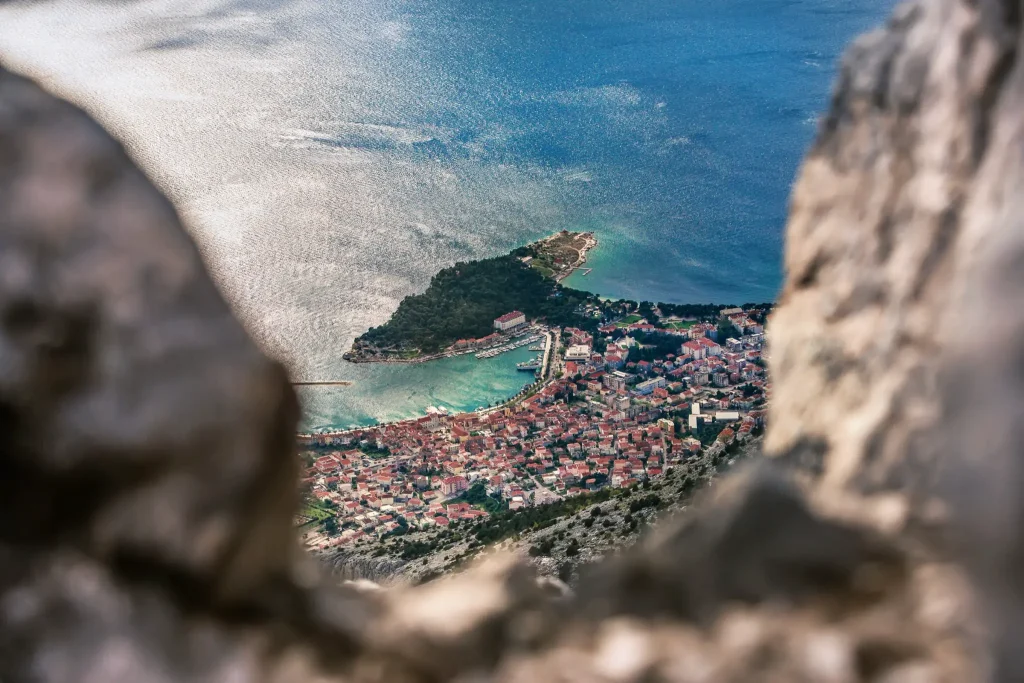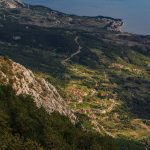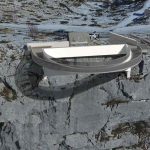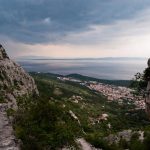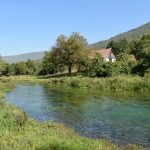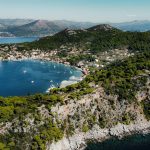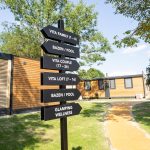Located in Dalmatia between the rivers of Cetina and Neretva, Biokovo is the second-highest mountain range in Croatia. It’s a natural border between the coast and the Inland Dalmatia, and close to 200 m2 of its area is protected as a Nature Park.
The majestic range is sometimes described as the mountain that has ‘its roots in the sea and a head crowned with lightning’. Its peak, St. Jura (St. George) stands at an elevation of 1762 metres, providing a spectacular view of the Adriatic Sea and Italy in the distance, inland Dalmatia, and mountains of Bosnia and Herzegovina. Biokovo is home to more than 1.500 species of flora and fauna; it houses 87 churches and chapels built at various moments in history. Apart from all the wonders proudly showing their faces in plain sight, the mountain keeps treasures hidden away: more than 400 caves.
Here’s a question for you: have you ever thought about where the ice in your drink comes from? Probably not, as today the process isn’t really that complex; someone poured some water in an ice cube tray, slipped it into a freezer, forgot about it for a couple of hours, and voila. Whether your ice was technically made by a waiter in a beach bar or bought in those massive bags of ice you can find at gas stations and in supermarkets, it’s not really that big of a deal –as long as there’s enough of it available.

Okay, how about we rewind the timeline a couple of decades? Fridges and freezers that are now standard household appliances have only been in use since the 1940s, and speaking of these parts, you might probably slap a few extra years on top of that. As you might have heard, organised tourism in Croatia has been happily trotting along for almost a century before our coast experienced the luxury of refrigerated goods. We might get heat waves these days, but at least we can run into a room equipped with AC and a mini fridge. What about heat waves in 1910? 1925? How did the poor tourists cool down?
That’s where Biokovo comes in. Some of those 400 caves used to be (and still are) filled with eternal, ever-present ice. The locals who resided in various parts of the mountain range thought of a way to add to their budget in hard times: they harvested ice from the caves and transported icy blocks all the way to Makarska riviera, where the first hotels in operation used the priceless goods to refrigerate food and, supposedly, serve it in drinks. The icicles were first wrapped in beech leaves and sack cloth so they wouldn’t melt too quickly, then loaded onto donkeys and mules. A whole process, one that entailed a long, wearying overnight journey from the caves to the coast in order for the ice to arrive on time, in good condition.

It’s hard to guess if the guests wondered about the origin of their cold beverages. Imagine a random tourist in the first half of the 20th century asking where the ice comes from – what could the waiter even say? Underground? From the core of that mountain you can see in the distance? Or maybe… You wouldn’t believe me if I told you.
Read more about Biokovo here. While you’re at it, we have a great series about the National Parks of Croatia going on; learn more about the Kornati islands and the Brijuni islands.

